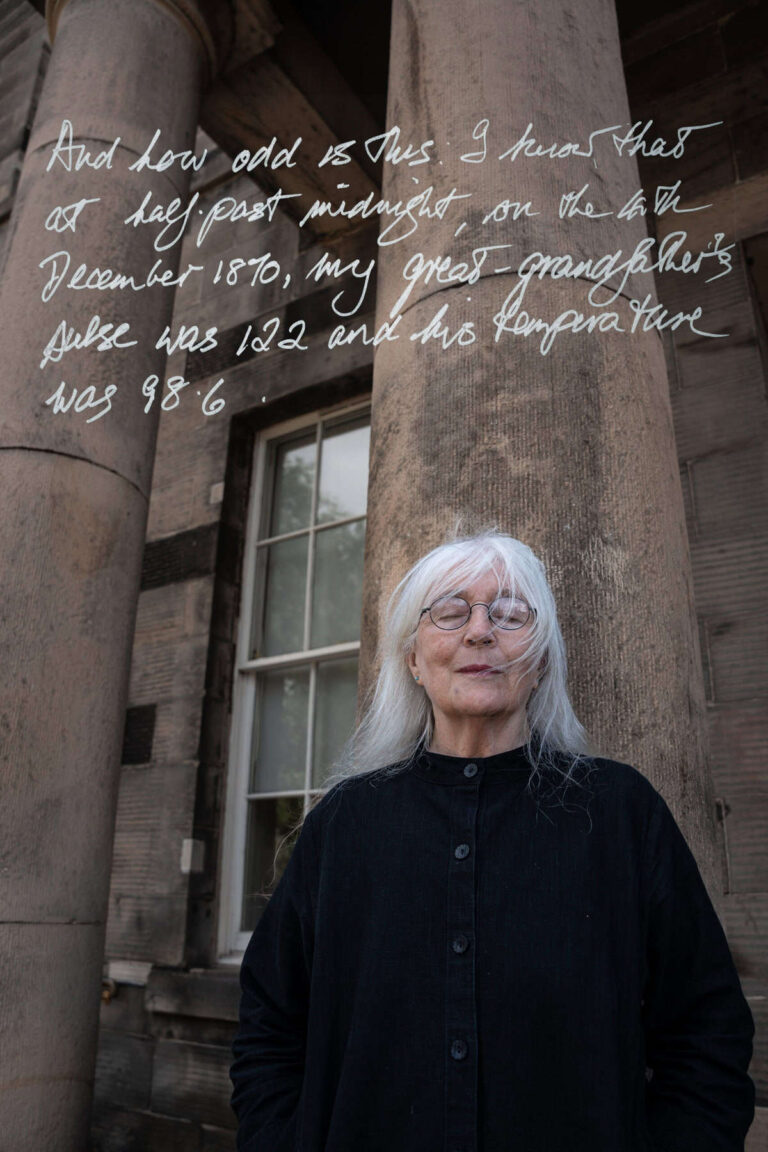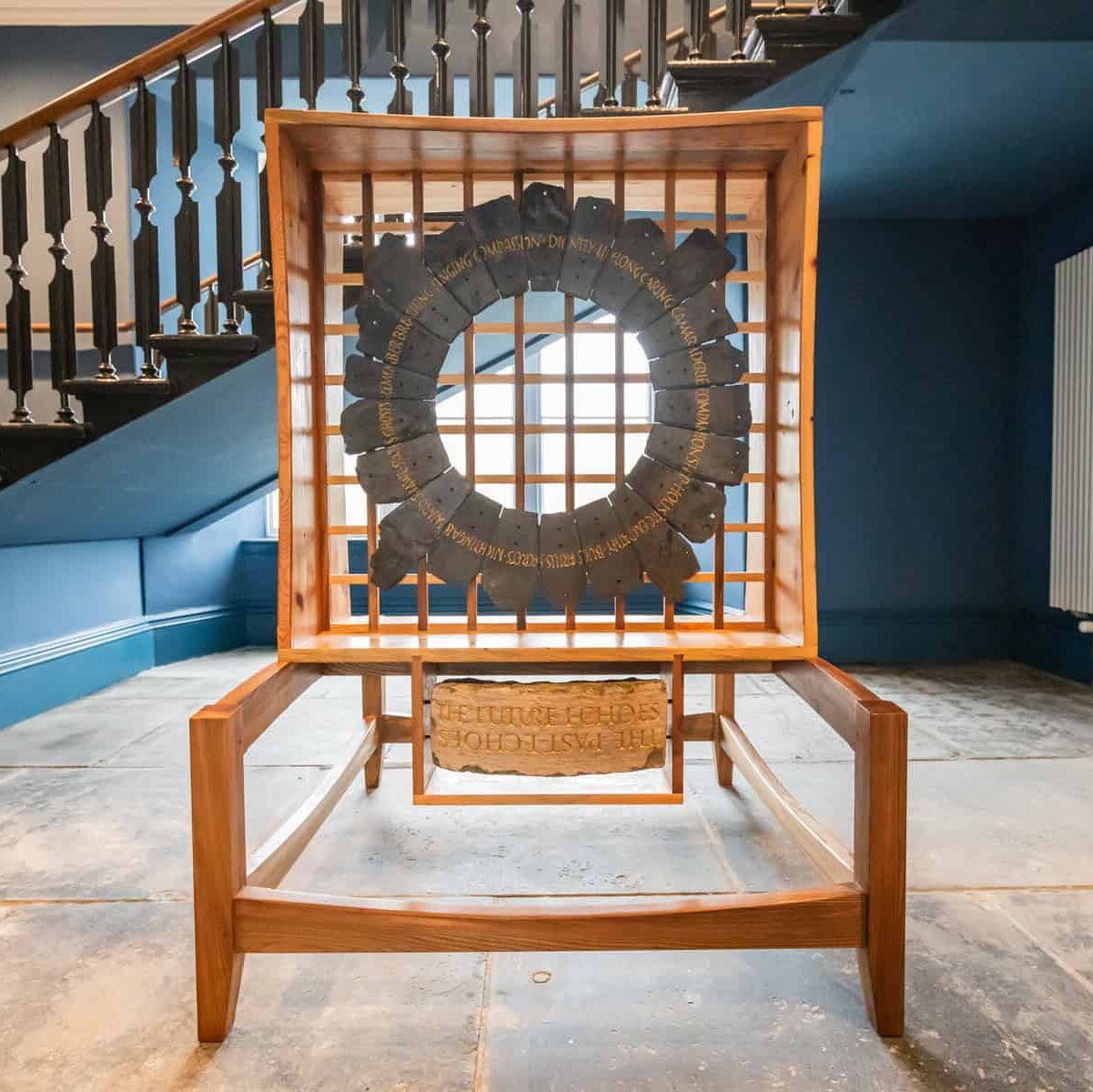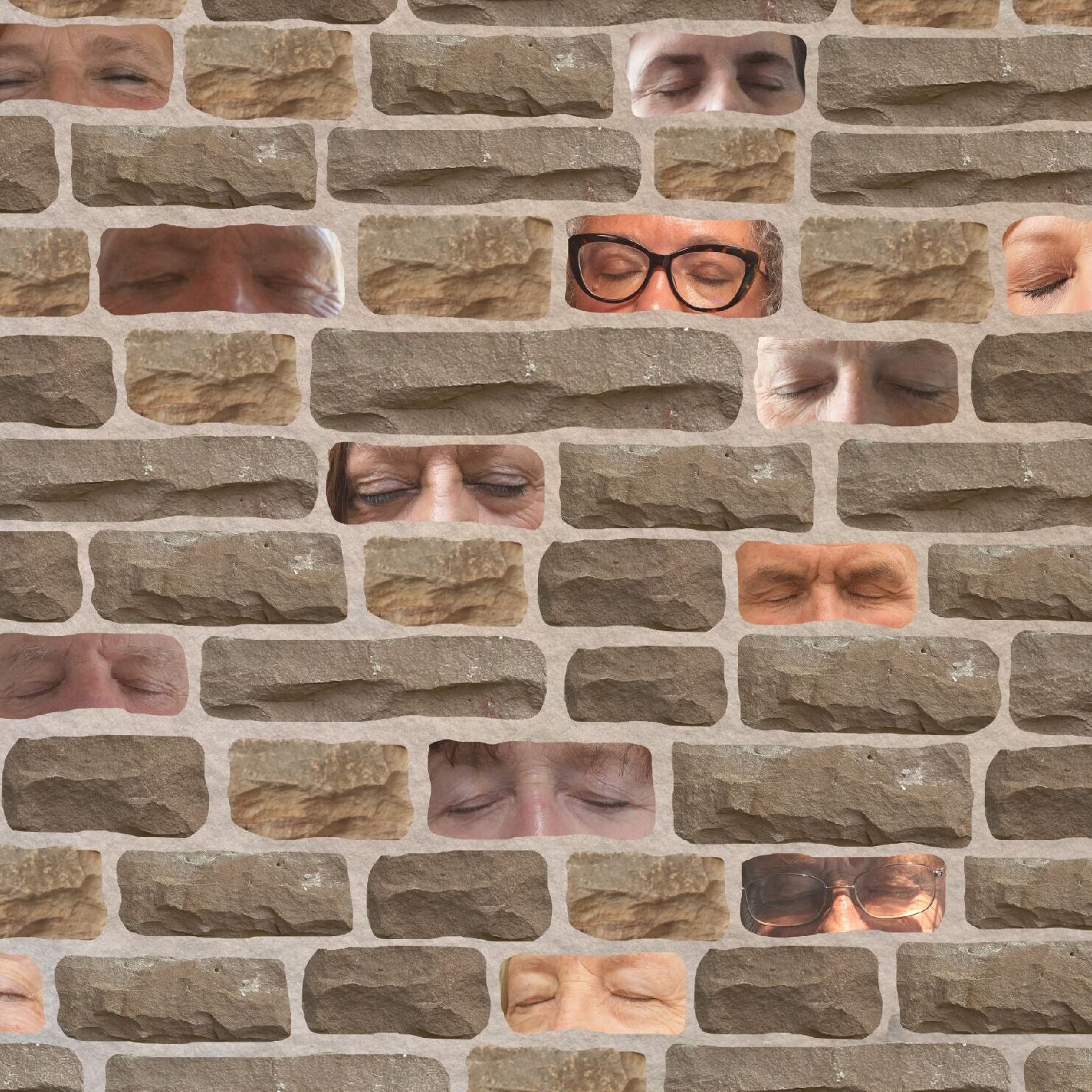About Leslie
Relative of a patient at RIE
Leslie’s great grandfather was a patient of doctor Joseph Lister back in the 1860’s.
Leslie’s portrait is taken in the location where the Royal Infirmary of Edinburgh used to be located before it moved to Lauriston Place in 1879. Currently, it is the High School Yards building on Infirmary street, home to Edinburgh Climate Change Institute. Near the entrance to the building there is a memorial plate that says that Joseph Lister’s ward where Leslie’s great grandfather stayed in was located in the building.
The second picture features a portrait of Leslie’s great grandfather.
“Doctor Joseph Lister was the man who brought anti-sepsis to Edinburgh Royal Infirmary. Although the connection between filthy surgeons and death had already been made by Ignaz Semmelweis and Louis Pasteur, Joseph Lister was the surgeon who worked out how to use the knowledge and tested his methods rigorously. All his patients’ treatments and results were meticulously written up in casebooks. These were lost for many years, until three were miraculously found in a Royal Infirmary dustbin. One casebook belonged to James Syme, Lister’s mentor and father-in-law, one to Syme and Lister and one was Lister’s alone. A few years ago, I read about the discovery of these casebooks and that the Royal College of Surgeons of Edinburgh had scanned them and made them available online. I held my breath and clicked through.
In Lister’s casebook, I found the surgeon’s notes on his treatment of Neil MacDougall, my great grandfather. There is a superb librarian/archivist at the Royal College of Surgeons and she let me hold and breathe in this casebook, and to include a picture of the page which recorded my grandfather’s death in my book 10 Scotland Street.
Neil was born in 1840 in Laggan. Aged nineteen he became a police constable in Doune and married Jane Shaw, who hailed from Newtonmore. Jane was pregnant with their fifth child when Neil was admitted to the Royal Infirmary on 22 November 1870. He had been unwell for some time after a damaged ankle became infected. Mr Lister notes that he successfully amputated Neil’s foot and goes on to describe, almost daily, the cleaning and monitoring of the wound and Neil’s temperature, state of mind and general well-being. Throughout December 1870 and January 1871, there were continual fevers, all carefully noted. Meanwhile, back in Doune, on 10 December 1870, Neilina MacDougall was born.
Neil died, less than two months later, on 1 February 1871 on Mr Lister’s ward in the Royal Infirmary, of what I believe we might now call sepsis. Neil was thirty-one years old. He was buried in Warriston Cemetery. Courtesy of the City records, I have the coordinates of his grave. He lies in unmarked, common ground, in a leafy area shaded by trees, down by the river. I visit him there, occasionally accompanied by one of his great great great grandchildren.
Neil’s wife, Jane Shaw, too poor to have visited him in his long sojourn on the wards, and now destitute, took her five young children to Perth, rented two rooms and set up as a seamstress, with her children aiding her as a silk finisher, as a machinist… as they grew. My grandfather, born in 1867 and only three when his father died, left very young with Neilina for Glasgow, where he was employed in the tenting sheds of the cloth-maker, Viyella in the east end of Glasgow. There he met and married the daughter of his boss; the chief tenter whose job he took over when his father-in-law retired. He lived to be 80 – long enough for me to meet, and to remember, the man whose father was operated on by Surgeon Lister in Edinburgh Royal Infirmary.
And how odd is this: because of that casebook, I know, what I am sure none of his bereft family knew, that at half past midnight on 4th December 1870, my great grandfather’s pulse was 122 and his temperature was 98.6.
And at noon on the day before he died, he was smiling. ”
Leslie Hills
Written for Edinburgh International Book Festival’s initiative Words from the Wards











